This is not a comprehensive overview of the Romanian illustration scene. It would require showing more than the 6 artists whose works are on display for 3 months at the Romanian Cultural Centre in London. Instead, the exhibition curated by Cătălina Bolozan aims to introduce the UK public to the work of six young and prolific artists who have reshaped Romanian visual culture and urban identity: Vali Petridean, AITCH, Saddo, KITRA, NOPER and Matei Branea.
The works on display are mostly 2D. Digital illustrations by NOPER, Branea and Vali Petridean, three foremost Romanian image-makers; limited edition screen prints by AITCH and Saddo, two illustrators whose dedication for watercolour and brushes shines through; and spray paintings on wood by illustrator and toy designer KITRA whose urban characters have recently started to adorn the unoccupied walls of east London. Fresh, colourful, graphic. Affordable, mobile, playful.
The selection of works brings together possible collective themes of mythological or folkloric inspiration. It seems as though folk-tale characters, Christian iconography and the bright colors of popular art are having a new revival in the collective imaginary. This might be due to the young generation’s desire to create new and meaningful connections with Romanian time and space, which fits in with a general interest in the so-called authenticity of non-Western cultures. It might also be due to the opposite desire of acknowledging and accumulating heterogenous cultural signs, in order to mix them in a metamodern language, lacking all irony. Both these readings of the specific trend in Romanian culture which gave birth to this type of illustration, eventually converge in the point where they describe a pleasant and somehow sincere and naïve pop art, which is in fact a design style. What we are being shown with the works of Vali Petridean, AITCH, Saddo, KITRA, NOPER and Matei Branea, is the eclectic, dynamic and often DIY lifestyle of the young, urban generation.
There are some notable coincidences between these works and the London urban culture scene. The East End has been home to a dynamic street art scene for over 20 years. Last month, the Illustration Association Awards ran at Somerset House and the London Illustration Fair is kicking off the first week of December.
In British culture, design has a place it has never occupied in Romanian culture; it refers to both craft and an interest in displaying work and potentially integrating it into the city fabric. Urban-inspired art blends hand-made drawings and decorations into the futuristic landscape studded with patches of working-class buildings. Increasingly, Romanian cities attempt to promote such works, whilst spin-offs in the form of prints, books and toy-like sculptures find their public amongst the fresh and educated youth. It is only fitting that such works be presented in a city that Romanian artists have had their eyes on when working on their own style and contributing to the production of a new form of visual expression. A single glance at the works on display at the RCC convinces you that there is a common language between them and what one sees when walking around Hackney. And, according to curator Catalina Bolozan, this is only the first part of a bigger project aimed at revealing the Romanian imaginary.
The Romanian Imaginarium – An Illustrated Introduction is until February 5, 2015 at the Romanian Cultural Centre in London
POSTED BY
Cristina Bogdan
Founder and editor-in-chief, between 2014-19, of the online edition of Revista ARTA. Co-founder of East Art Mags, a network of contemporary art magazines from eastern and Central Europe. Runs ODD, a s...
www.evenweb.org

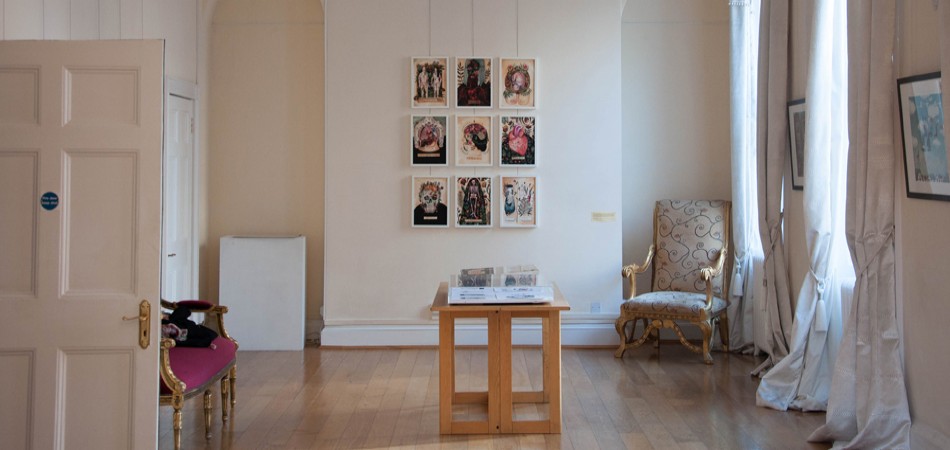
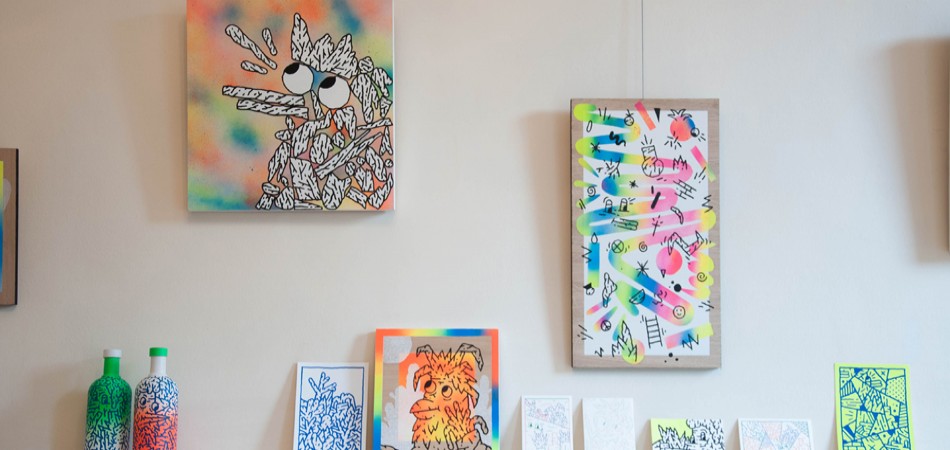
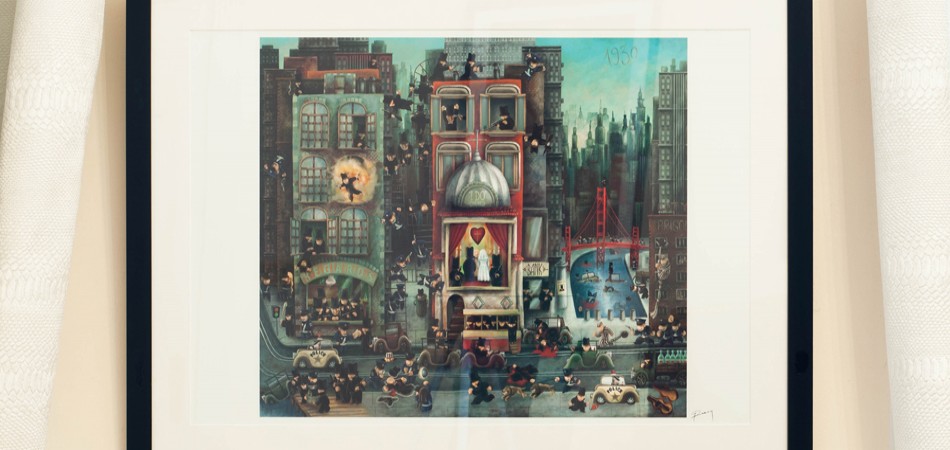
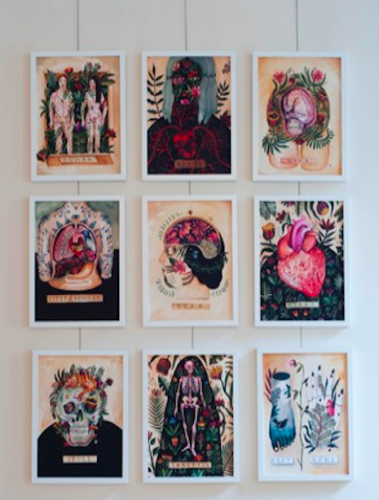
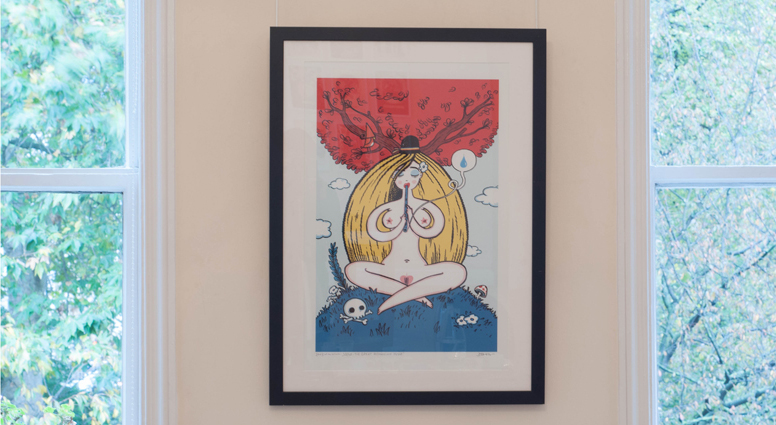
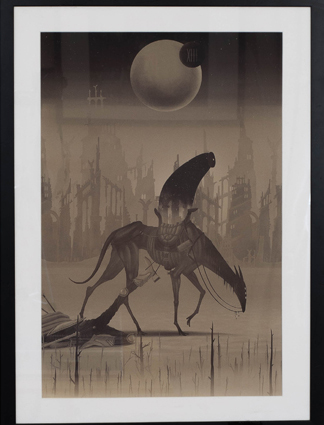
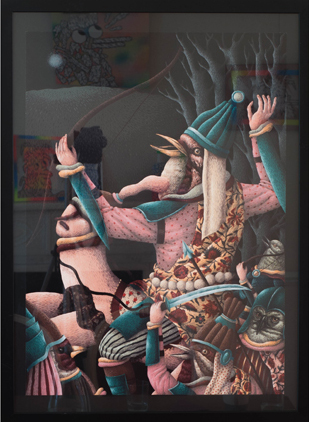
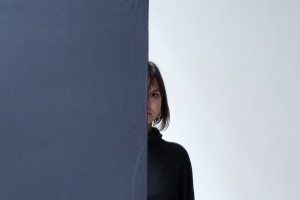
Comments are closed here.